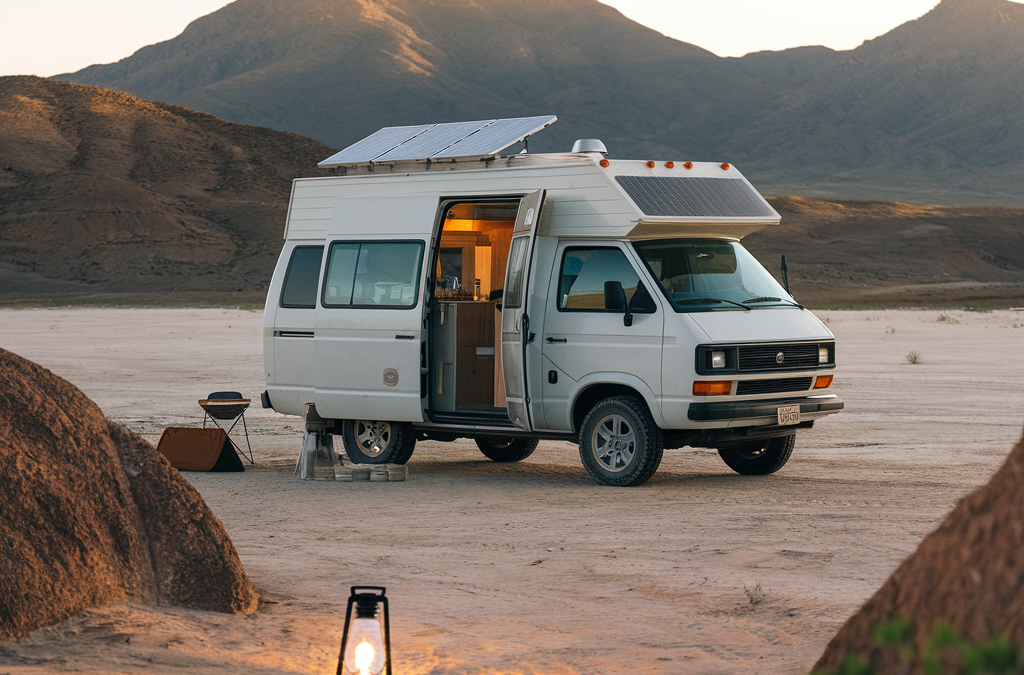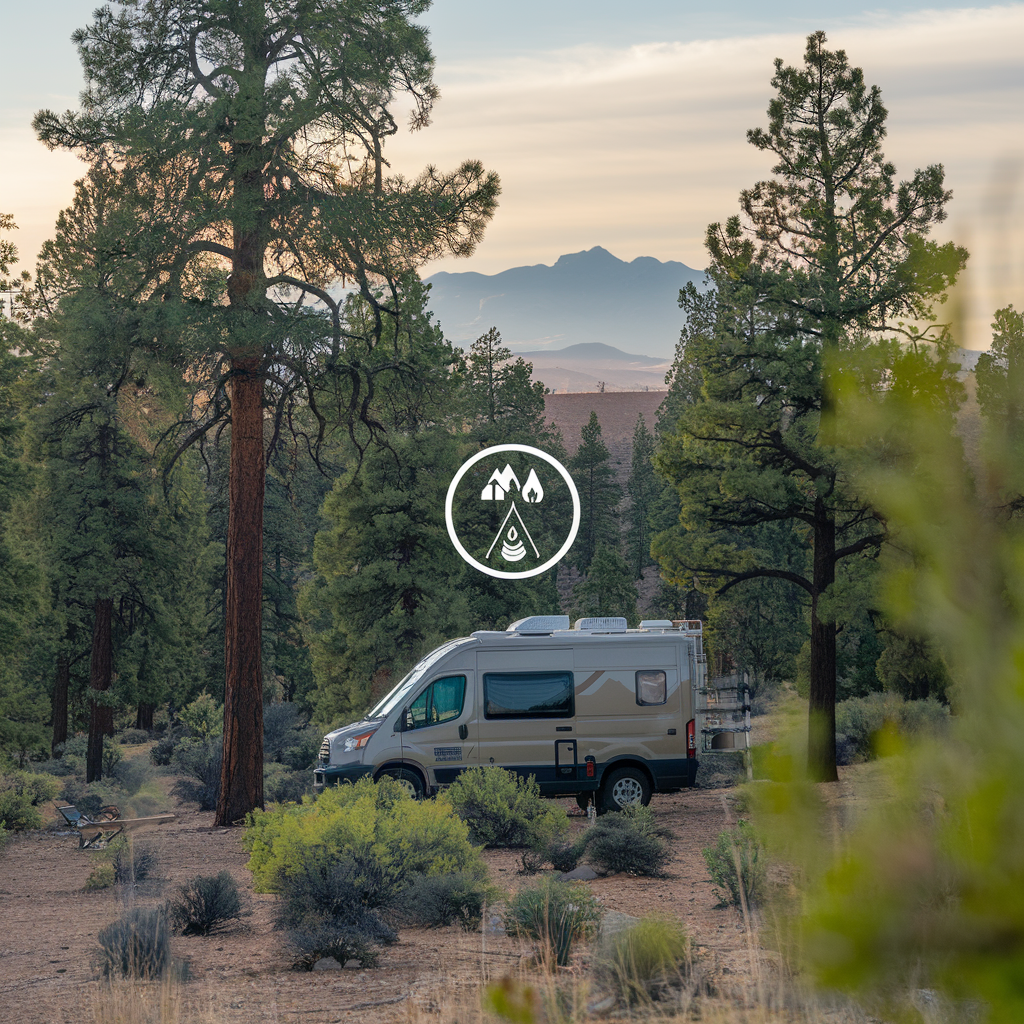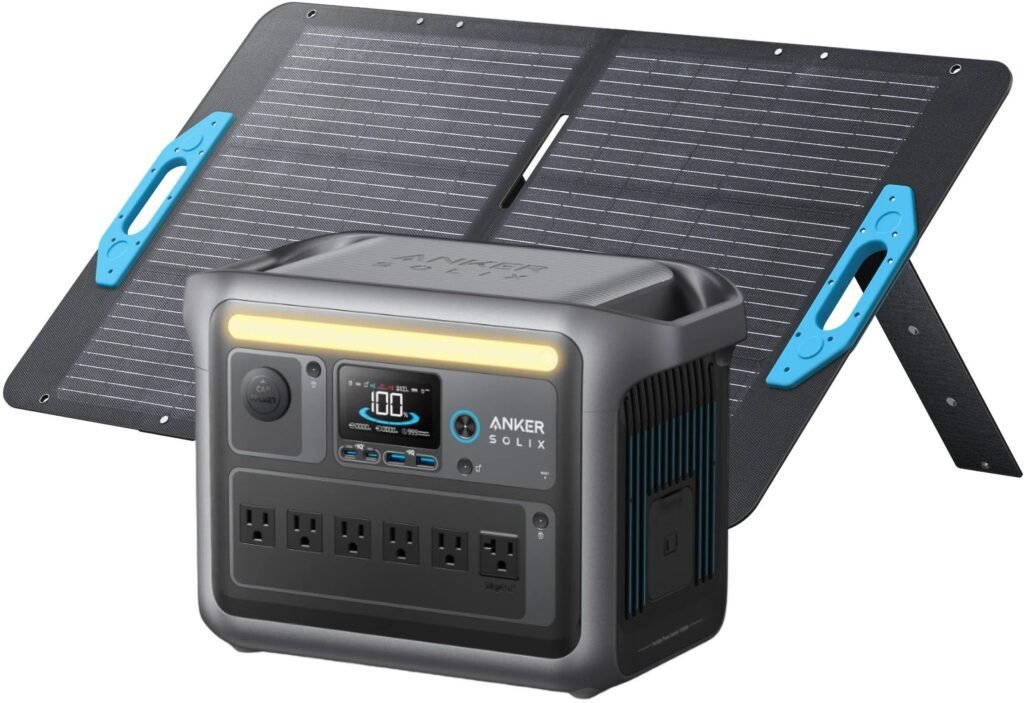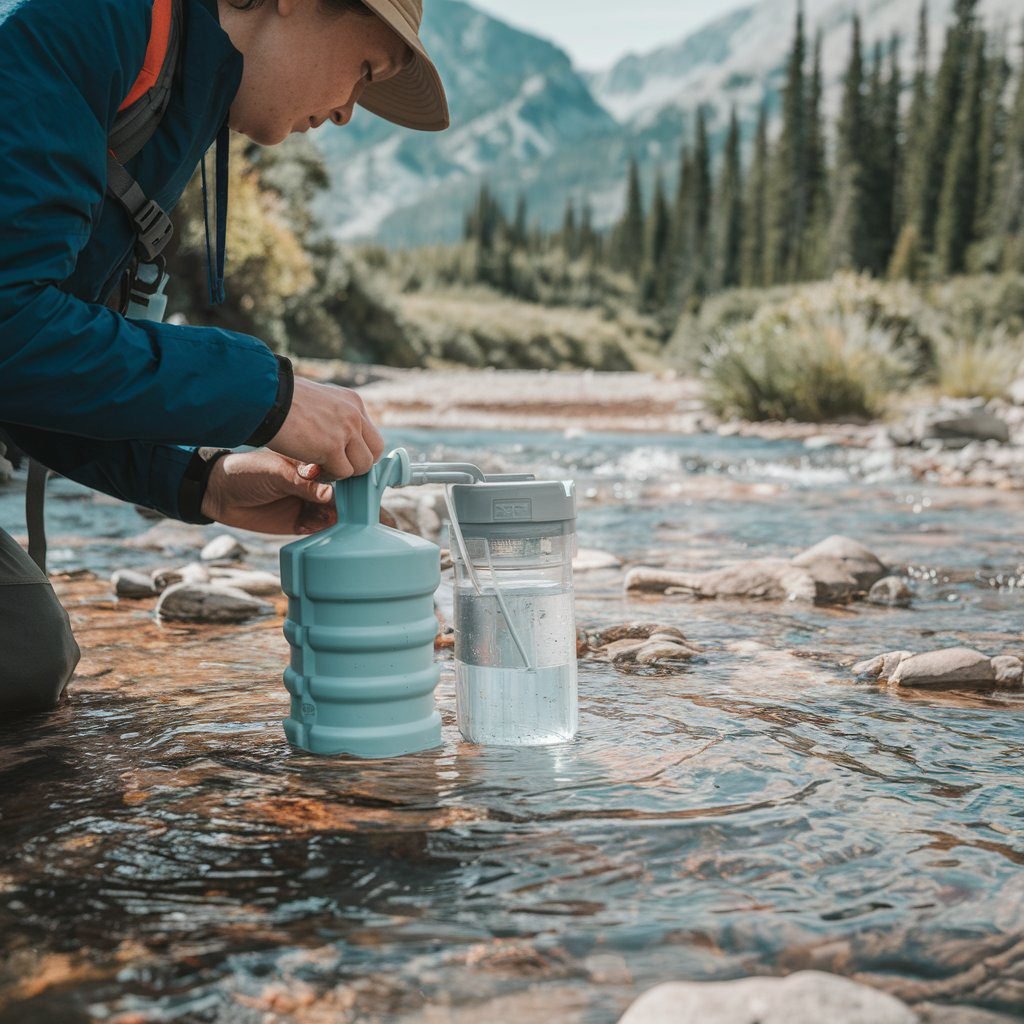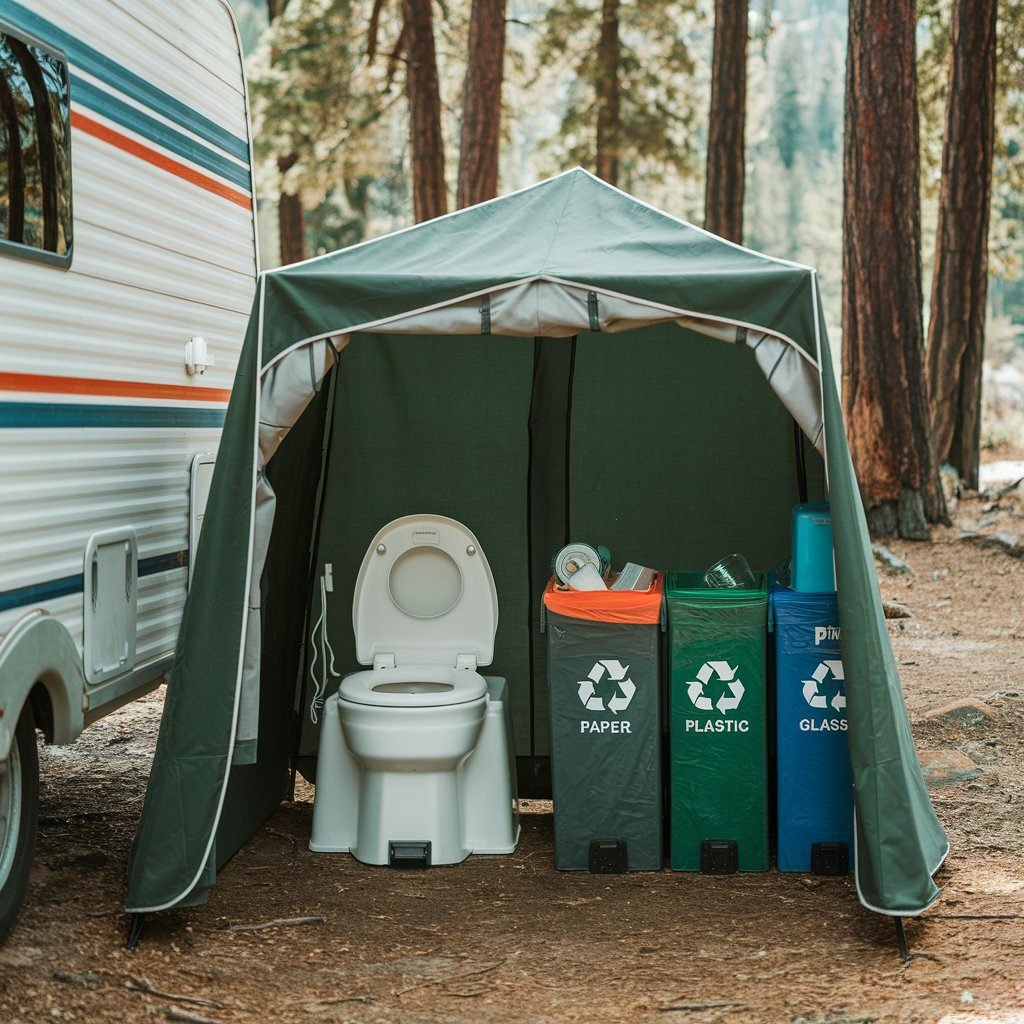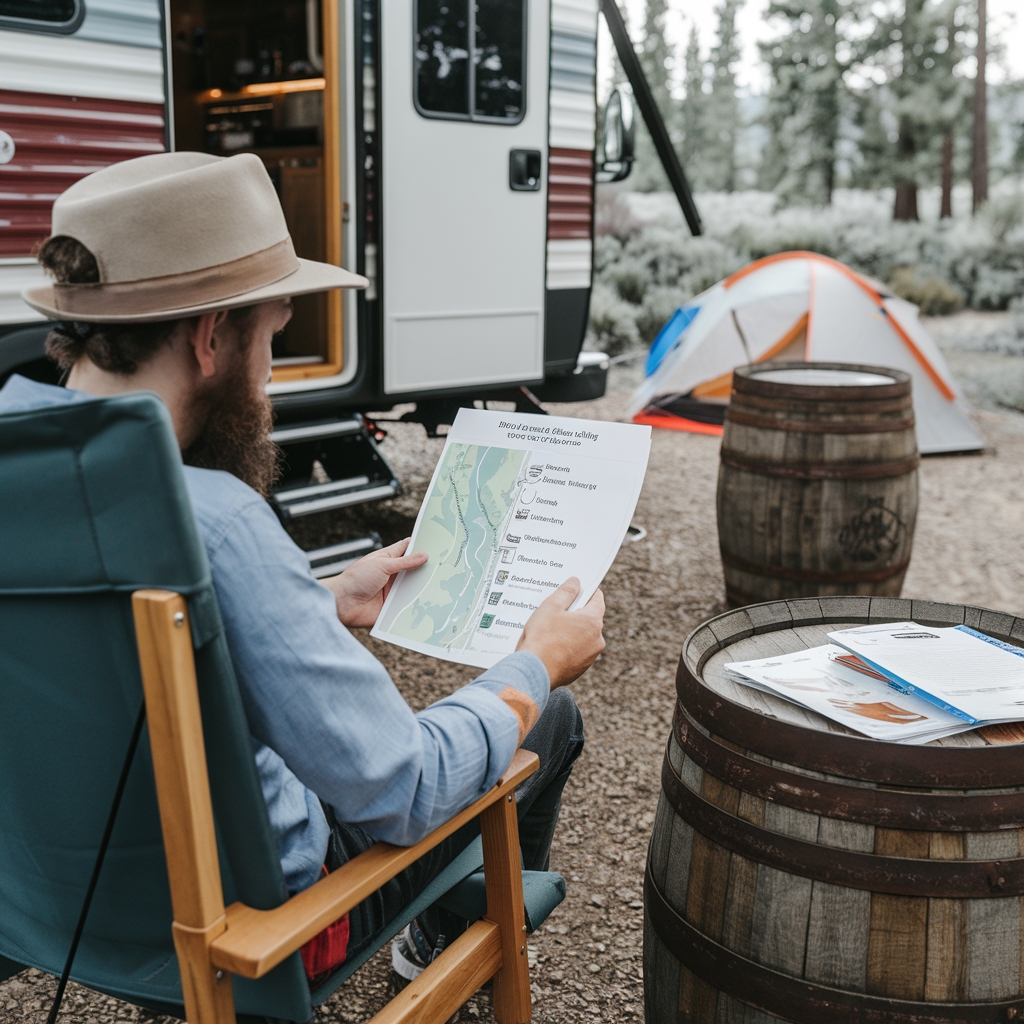The Ultimate Guide to Sustainable Off-Grid Camping (2025)
Boondocking, also known as dispersed camping, offers a unique opportunity to experience nature while minimizing environmental impact. According to the U.S. Forest Service, dispersed camping visits increased by 68% between 2019 and 2023, highlighting the growing need for sustainable practices.
Boondocking Basics & Environmental Impact
The Bureau of Land Management (BLM) defines boondocking as camping on public lands outside of designated campgrounds. This practice requires careful attention to environmental stewardship and adherence to Leave No Trace principles.

Environmental Impact Statistics
- Source: EPA Outdoor Recreation Impact Report
- Average campsite recovery time: 1-3 years
- Proper waste management reduces environmental impact by 60%
Finding Eco-Friendly Boondocking Locations
Federal Land Guidelines
According to the BLM’s dispersed camping guidelines, campers should:
- Camp at least 200 feet from water sources
- Use existing sites when possible
- Stay maximum 14 days in any 28-day period
- Maintain at least 1/4 mile distance from developed recreation areas
Top Eco-Friendly Boondocking Regions
Arizona’s Coconino National Forest
Verified by the U.S. Forest Service
- Elevation: 4,000-12,633 feet
- Best Season: October-April
- Permit Required: No for most areas
California’s Alabama Hills
Managed by BLM Bishop Field Office
- Elevation: 4,534-5,489 feet
- Best Season: Year-round
- Permit Required: Yes, free permit system

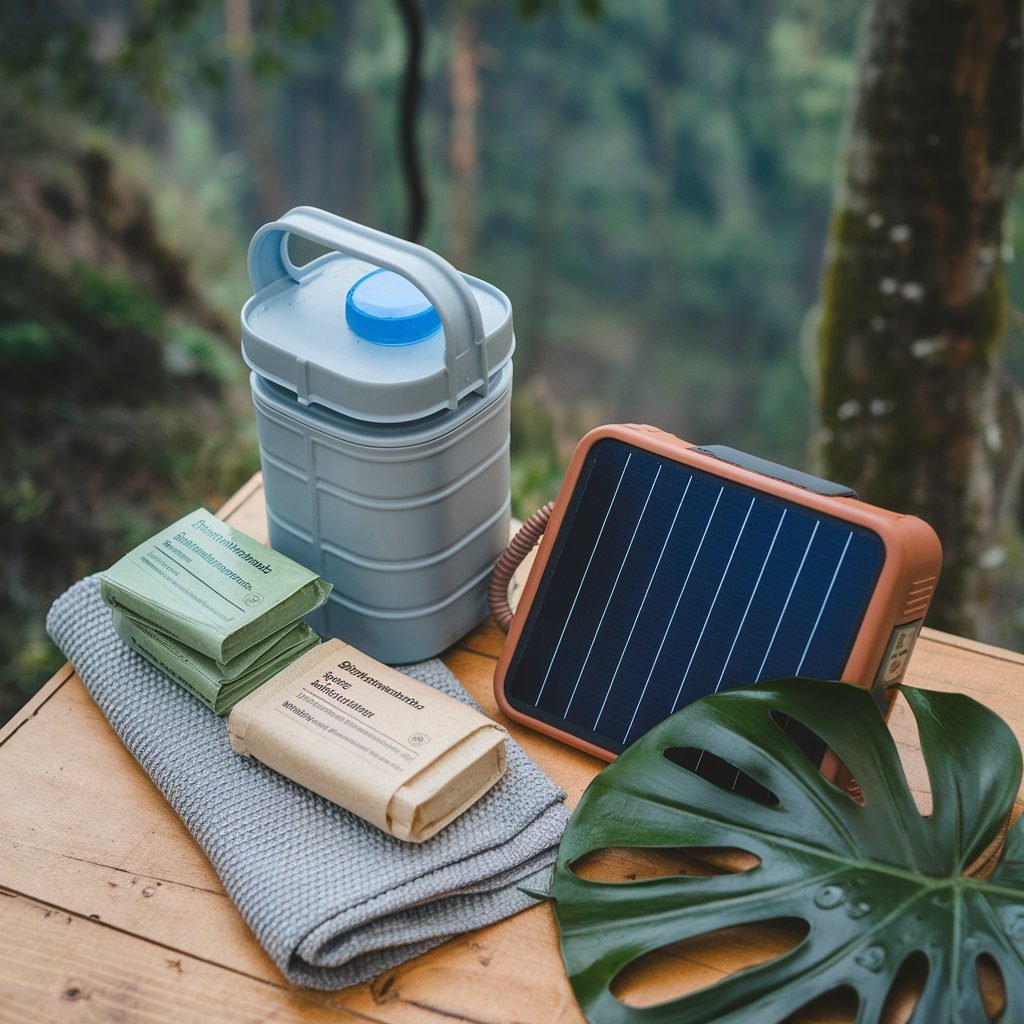
Sustainable Gear Essentials
Solar Power Systems
Based on independent testing by OutdoorGearLab:
Recommended Solar Setups
- Entry Level: 100W System
REI Solar Guide - Mid-Range: 200W System with Lithium Batteries
- Advanced: 400W+ System with Smart Controllers
Water Filtration Systems
Tested and certified by NSF International:
- Gravity Filters
Complete Review - UV Purifiers
- Reverse Osmosis Systems
Maintenance Schedules
| Equipment | Maintenance Interval | Action Required |
|---|---|---|
| Solar Panels | Monthly | Clean and inspect |
| Water Filters | Every 3-6 months | Replace cartridges |
| Battery Banks | Quarterly | Check connections |
Solar Power Solutions for Boondocking
Understanding Solar Requirements
According to the National Renewable Energy Laboratory, proper sizing of your solar system is crucial for sustainable boondocking:
Daily Power Requirements Calculator
| Appliance | Average Watt-Hours/Day |
|---|---|
| 12V Refrigerator | 600-800 Wh |
| LED Lights | 100-200 Wh |
| Water Pump | 100-150 Wh |
Recommended Solar Configurations

Solar system configuration diagram (Source: U.S. Department of Energy)
Water Conservation and Management
Water Purification Methods
The EPA guidelines for drinking water safety recommend multiple purification barriers:
- Filtration (1-0.1 micron)
- UV Treatment
- Chemical Treatment (when necessary)
Daily Water Conservation Strategies
- Navy shower technique: 3 gallons vs 30+ gallons
- Greywater recycling for appropriate uses
- High-efficiency nozzles and faucet aerators
Sustainable Waste Management
Composting Toilet Systems
Based on EPA septic system guidelines:
| System Type | Capacity | Maintenance |
|---|---|---|
| Self-Contained | 1-2 people | Weekly |
| Split System | 2-4 people | Bi-weekly |
| Central System | 4+ people | Monthly |
Recycling Protocols
Following EPA recycling guidelines:
- Separate waste streams
- Locate recycling facilities before trips
- Minimize packaging before departure
- Compact recyclables to save space
Legal Guidelines and Permits
Federal Land Regulations
According to the U.S. Forest Service and BLM, visitors must:
- Obtain necessary permits
- America the Beautiful Pass for access
- State-specific permits where required
- Special use permits for groups
- Follow fire regulations
- Check current fire restrictions
- Obtain necessary fire permits
- Use established fire rings when required
Seasonal Considerations
| Season | Special Requirements | Restricted Areas |
|---|---|---|
| Summer | Fire permits | High-risk fire zones |
| Winter | Snow permits | Seasonal road closures |
Community Resources and Support
Digital Resources
Emergency Resources
- Forest Service Law Enforcement: 1-800-xxx-xxxx
- BLM Dispatch: 1-800-xxx-xxxx
- Local Rangers (by district)
Final Thoughts on Eco-Friendly Boondocking
Sustainable boondocking requires careful planning, proper equipment, and a commitment to environmental stewardship. By following the guidelines provided by federal land management agencies and adopting eco-friendly practices, we can preserve these natural spaces for future generations.
Get Started Today
- Download our comprehensive checklist
- Join our sustainable camping community
- Share your eco-friendly camping tips

